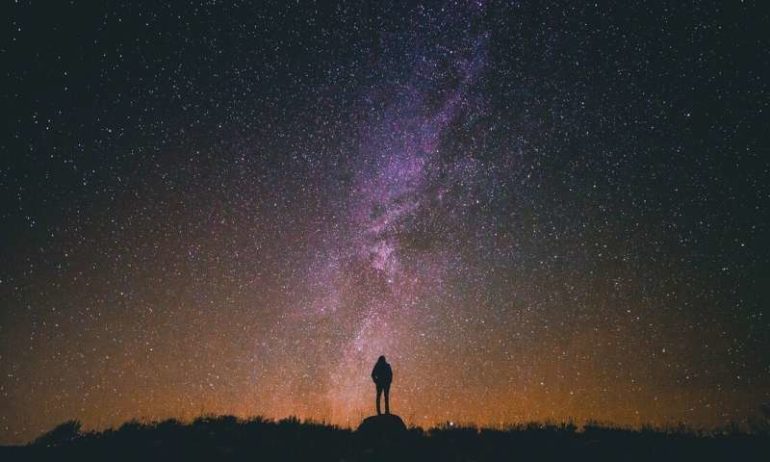Volunteer citizen scientists parsing data from a network of telescopes around the world this year identified 10,000 new variable stars in the Milky Way, according to a recent paper.
The volunteers have been examining data from the All-Sky Automated Survey for Supernovae since January. The survey, known as ASAS-SN, is run by researchers at The Ohio State University.
In a paper posted to the arXiv pre-print server, the researchers detailed what the citizen science project, called Citizen ASAS-SN, has accomplished so far: More than 3,100 volunteers have made about 839,000 classifications of more than 100,000 light curves—data that tells astronomers about objects in the sky. A variable star is a star whose brightness changes over time—the light we see coming from such a star is not constant.
The volunteer scientists attempted to broadly classify the stars as eclipsing binaries, where one star passes in front of another, pulsating stars and rotating stars. Volunteer scientists could also classify the data as “junk,” meaning it was something other than a star. For example, low-Earth orbiting satellites can interfere with the light from stars in telescopes; the data from a satellite would be classified as junk. And volunteer scientists could mark the data as “unknown” if the light curves did not fit into one of the other classes of variable stars.
Some of the stars the volunteer scientists classified had been previously identified, which gave researchers at Ohio State a way to check how accurate the volunteers were.
“It turns out, they were pretty accurate,” said Collin Christy, lead author of the paper and an ASAS-SN analyst. “Our users were really good at finding the eclipsing and pulsating systems in our data.”
Users also were able to easily identify junk data, the researchers found.
The project builds on ASAS-SN’s previous and ongoing work to search the skies for black holes and other phenomena in the cosmos. ASAS-SN’s telescopes recently got an upgrade, allowing astronomers to peer deeper into space in search of new variable stars, supernovae and other objects. Previous analysis of ASAS-SN’s data has been conducted largely using machine-learning algorithms, where a trained computer algorithm classifies data.
“Our main goal is to make our data public, share our science with a broader community of people and, of course, we wanted to get scientific research out of it,” said Tharindu Jayasinghe, co-author of the paper, a doctoral student in astronomy and an Ohio State presidential fellow. “And this has been good for engaging with the public. People are contributing to science, and there’s engagement between scientists and people on these platforms: Users can ask us questions, and we engage and that builds rapport. And we are also teaching people how to do this science. It’s a win-win.”
The citizen scientists’ work also is helping improve the machine-learning algorithm: Their input, Jayasinghe said, is helping the machine better understand what data is “junk” and what is useful.
“The human eye can spot things that are unusual and point it out much better than the machine has been able to do, and when they report that to the research team, it allows us to make these really great discoveries,” Jayasinghe said. “Humans can do pretty amazing things if you give them the chance.”
Astronomers detect a chromospherically active eclipsing binary system
More information:
C. T. Christy et al, Citizen ASAS-SN Data Release I: Variable Star Classification Using Citizen Science, arXiv (2021). arXiv:2111.02415 [astro-ph.SR] arxiv.org/abs/2111.02415
Provided by
The Ohio State University
Citation:
Citizen scientists find 10,000 new variable stars (2021, November 10)
retrieved 15 November 2021
from https://phys.org/news/2021-11-citizen-scientists-variable-stars.html
This document is subject to copyright. Apart from any fair dealing for the purpose of private study or research, no
part may be reproduced without the written permission. The content is provided for information purposes only.



